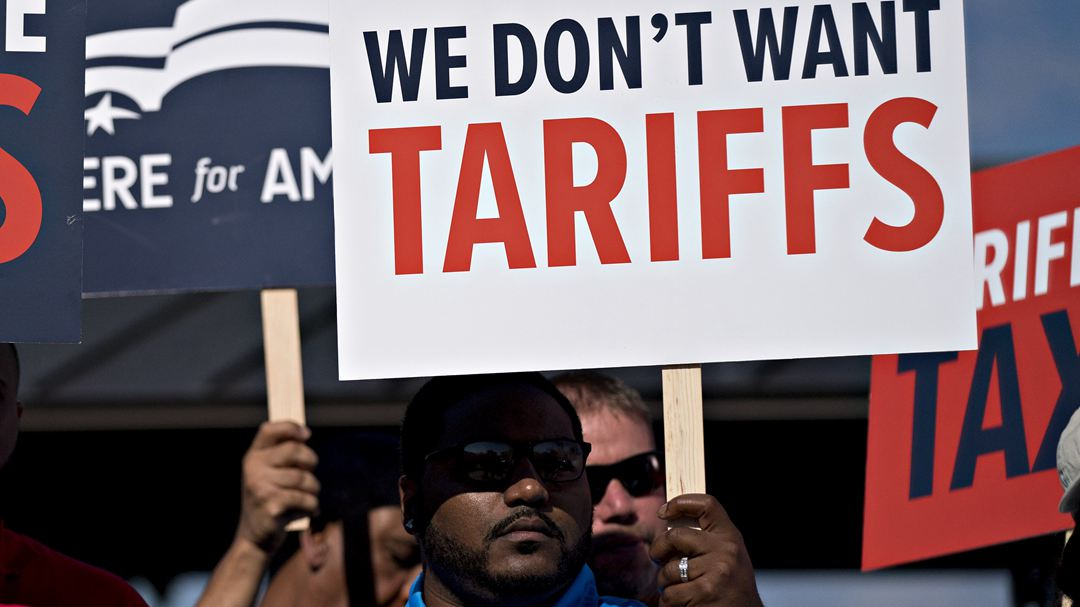What happens if Donald Trump and Joe Biden tie in votes?

London — The 2016 presidential campaign taught the world one thing: opinion polls can’t be trusted.
Demographics have changed. Communications have changed. Politics has changed. The electoral system has not.
The polls weren’t entirely wrong: Candidate Hillary Clinton won a majority of the one-vote one-value popular vote (with a margin of 2.1 per cent or 2.9 million votes). But, under the US electoral system, that doesn’t matter.
In the United States, the key states are the battleground or swing states that decide which way election is going. So, as we have to wait for final US election 2020 result, here is a comparison of battleground states from the 2016 presidential election and 2020 election to get a sense of who is ahead.
2016 vs 2020 Presidential election key states
Florida
Trump won the crucial state in 2016 with 49 per cent votes in comparison with Hillary Clinton’s 47.8 per cent votes. The state has once again chosen as Trump as he maintains sizeable support of over 50 per cent and is all set to win the state.
Ohio
In the last election, Trump won this state too after getting 52.1 per votes, about seven percentage points more than Clinton. This time too, Trump retained Ohio after getting sizeable support.
Iowa
Trump was able to comfortably win this state in 2016 and this time too he managed to retain it.
Arizona
In the previous election, with support of 49.5 per cent votes, Trump won this state. However, the trends so far suggest that Biden is ahead with a support of over 52 per cent votes, as per CNN tracker.
Wisconsin
With just a slim lead of about 1 percentage point, Trump managed to pull off a victory in this state. However, the trends of this year’s election have not yet started since the polling closed recently.
Michigan
Trump won this state with only a lead of 0.3 percentage point over Clinton. This time, however, the trend suggests that Trump is at a comfortable support of 53.1 per cent vote.
What happens if it’s a tie
Suppose the popular vote is split 50/50 between Trump and Biden. In that case, the US National Academy of Sciences says Trump has an 88 per cent chance of winning the presidency. If Biden wins 52 per cent, Trump is still almost sure to keep his job. But if Biden gets 53 per cent, then the US is in for a bitterly tight presidential fight.
“If (Trump) falls just short of replicating his 2016 showing, the country could be plunged into a dangerous political and legal struggle combining the worst features of 2000 and 1876,” states US governance analyst William Galston of the Brookings Institution.
Analyst Elaine Kamarck, also of the nonpartisan think-tank the Brookings Institution, says the US Constitution anticipated a tied vote. It just didn’t predict the partisan state of US politics, Newzeland herald writes.
“If there is no winner in the Electoral College, Article 2, Section 1, Clause 3 states that the decision goes to the House of Representatives while the Senate picks the vice president,” Kamarck writes. “But the voting in the House is different from the Senate.”
In the result of a tie, the House of Representatives choose who will be the next President with a ballot, called a contingent election. The representative from each of the 50 states gets one vote irrespective of size and the winner is elected. 50 is an even number, so there could be a tie after this ballot. In that case, the House of Representatives keeps voting until there is a winner.
The US Senate gets to vote for a vice president. Each senator receives one vote.

















Facebook Comments